
WHETHER plans to conclude the 2020 Six Nations in October come to fruition remains to be seen, but with 11 of the 15 matches completed there is plenty of licence to pick a team of the tournament.
The selection criteria include selecting players on the basis of their playing prowess, with the rulings from an inconsistent Six Nations disciplinary process not paramount.
This is why England loosehead Joe Marler, and the main complainant in his genital grab, Wales second row, Alun Wyn Jones, are both included. So, too, is Manu Tuilagi, despite his unwarranted ban.
This tournament was notable for a welcome French revival, although, as the Scottish victory over them proved, it was never quite as complete as the initial euphoria suggested.
However, France’s Antoine Dupont reminded us just how influential a rapid, multi-skilled scrum-half can be – and with France and England, who have the largest share of this team of the northern hemisphere tournament, still in the title chase with Ireland, he could yet be a telling factor.
1 Joe Marler (England)

When Marler has his game-head on he is the strongest loosehead in the northern hemisphere, with such sound scrum technique that he can shift the biggest slabs of beef in the opposing front row. The combination of Marler’s hard yards and Ellis Genge coming on as an impact sub played a big part in England having the best scrum in the tournament.
2 Julien Marchand (France)

The Toulouse hooker is not as flash as some, but his tireless work rate and the accuracy of his lineout throwing made a significant contribution to France’s three wins in a row before the Scots spoiled their Grand Slam ambitions. The lineout was a French core strength, and Marchand brought added extra as a right-place right-time support player.
3 Tadhg Furlong (Ireland)

The Irish farm boy did just enough to stave off the tighthead claims of England’s Kyle Sinckler and Scotland’s Zander Fagerson. All three had ups and downs during the tournament, but it was Furlong by a nose in terms of consistency – especially as Sinckler was anonymous in Paris. It will be a job to separate them come the 2021 Lions tour.
4 Maro Itoje (England)
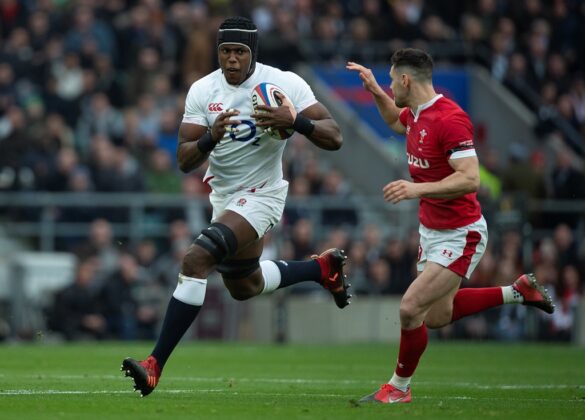
A world-beater at present, supplanting Brodie Retallick as the best lock in the game. Phenomenal industry and great athleticism, typified by the 23 tackles which helped England over the line in the Scottish storm. On top of that, Itoje’s lineout delivery was well nigh immaculate – and he even outstrips Curry and Underhill for turnovers.
5 Alun Wyn Jones (Wales)

A driving force for Wales as captain, whose capacity to battle with every sinew for the full 80 minutes set the tone for his team during a transitional season, making them difficult to beat. The losses to Ireland, France and England were narrow, and Jones’ physical presence, stamina and grit were at the heart of the Welsh resistance.
6 Courtney Lawes (England)

Adapted so well to blindside he was a fulcrum in England’s change of fortunes after Paris. Lone English starter to take it to the French, and hit Scots hard off the bench before man-of-the-match medal against Ireland. Lineout finesse, thumping tackles and hard yards carries continued against Wales.
7 Justin Tipuric (Wales)
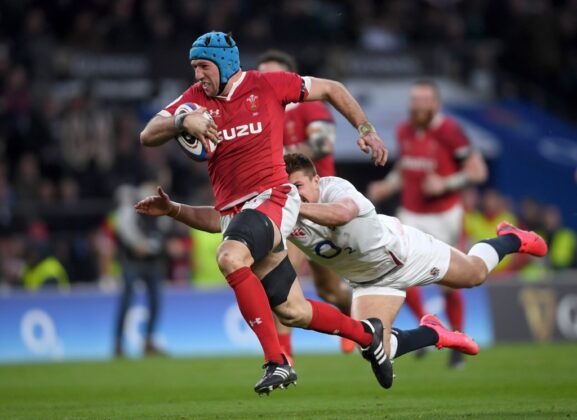
Romping over for a great try against England from the second-half restart was an ideal great showcase for the Welsh openside’s array of talents. Tipuric is the best back row support runner in this hemisphere because he has the radar to pick the most effective lines, and the pace and handling ability to make them count.
8 Gregory Alldritt (France)

The La Rochelle No.8 is like a counter-weight because he reads the game so well. When France were too fancy, Alldritt utilised his power and mobility to make the required correction by driving hard and straight up the middle, or won a turnover by counter-rucking, or slammed the door in defence.
9 Antoine Dupont (France)
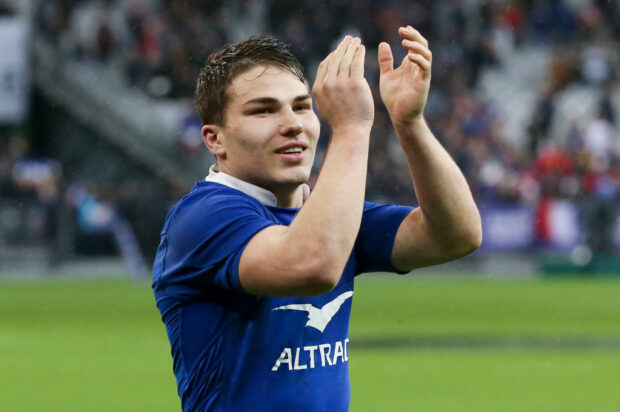
Dupont dictates France’s rhythm. A pocket-battleship of a scrum-half with all the skills, whether kicking or passing, and stacks of speed. The French 9 is devastating when he takes the right options – which is mostly – and pretty good even when he doesn’t. His snap bulls-eye cross-kick for Damian Penaud’s try at Murrayfield said it all.
10 Romain Ntamack (France)
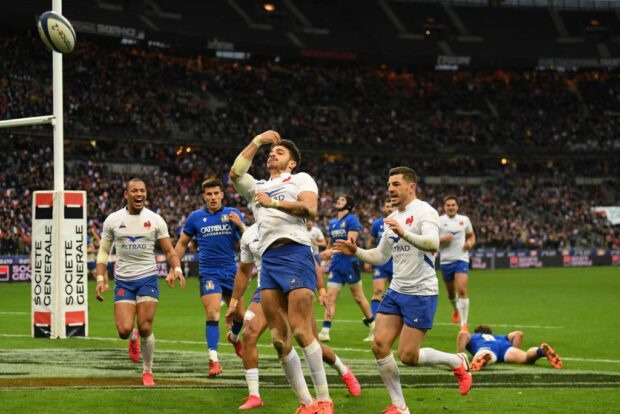
Monsieur Cool gave the French a new dimension at fly-half by combining composure and creativity — while at the same time his seven-match half-back pairing with Dupont brought much needed stability. Ntamack’s classy interception clinched a first France away win over Wales for a decade, and his injury early on in Edinburgh saw his team lose shape.
11 Jonny May (England)
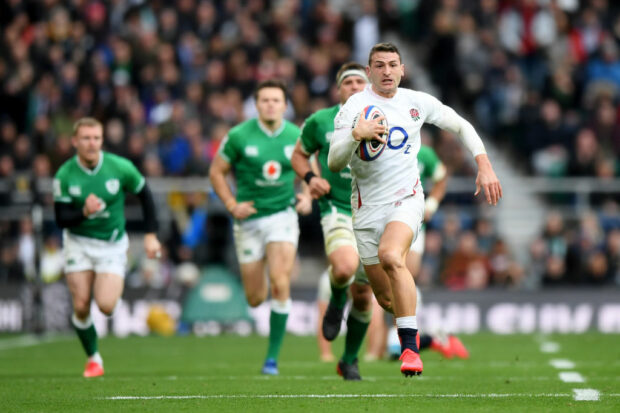
May is England’s magic man. His two-try blitz after the break against France was sheer solo brilliance and gave a splash of vibrant colour to an otherwise dull English canvas. His strike rate of 19 tries in his past 26 Tests – which might have been more if not for an early injury against Wales – tells of a lightning fast finisher with lethal shifts of gear and direction.
12 Robbie Henshaw (Ireland)

The strapping Leinster centre is much more than a midfield glue-man, because, along with his power there are touches of class in defence and attack – as well as an underrated kicking game – that make the Irish stronger. Henshaw has battled back from injury problems to bring momentum with his strong running. England playmaker Owen Farrell and Scotland’s Sam Johnson were also in the hunt.
13 Manu Tuilagi (England)

There is nothing that galvanises England quite like a fit and firing Tuilagi, irrespective of whether he is playing at 12 or 13. His acceleration and tank-like physique make him hard to hold, and his capacity to get over the gain-line is priceless in putting the red rose forwards on the front foot – as Ireland and Wales found to their cost. More influential than France’s Virimi Vakatawa or Welsh new boy Nick Tompkins.
14 Gael Fickou (France)
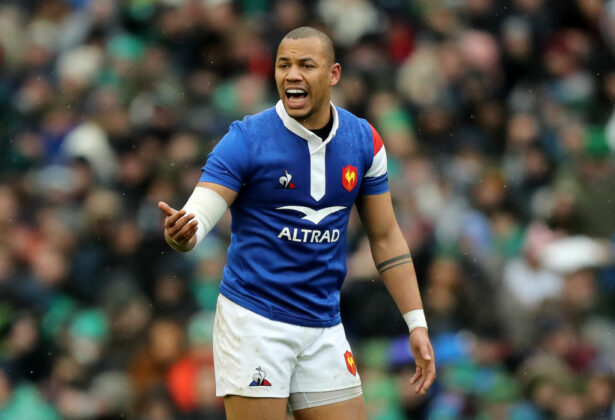
Versatile, very effective, seems like a veteran, but still only 25. He gave the French an attacking spring in their step having started strongly at centre before moving to the wing against Wales and Scotland. Made big inroads in Cardiff, but on a hiding to nothing in 14-man second-half in Edinburgh. Judging by Anthony Watson’s post-injury appearance against Wales, the English wing would have been serious competition.
15 Stuart Hogg (Scotland)
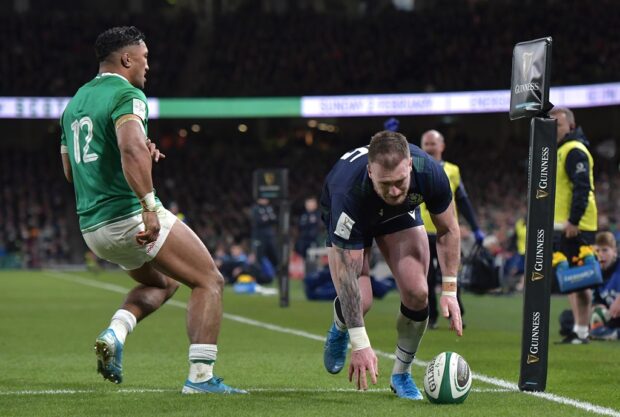
The new Scottish skipper showed character to bounce back from the open-try miss against Ireland, when, unchallenged, he dropped the ball over the line, and went on to lift his team through his attacking gusto. The full-back followed his scintillating individual try which sparked the win over Italy in Rome with a buccaneering display in his team’s victory over France.


United Rugby Championship
Vaea Fifita’s commanding presence has Scarlets pushing for URC play-off spot

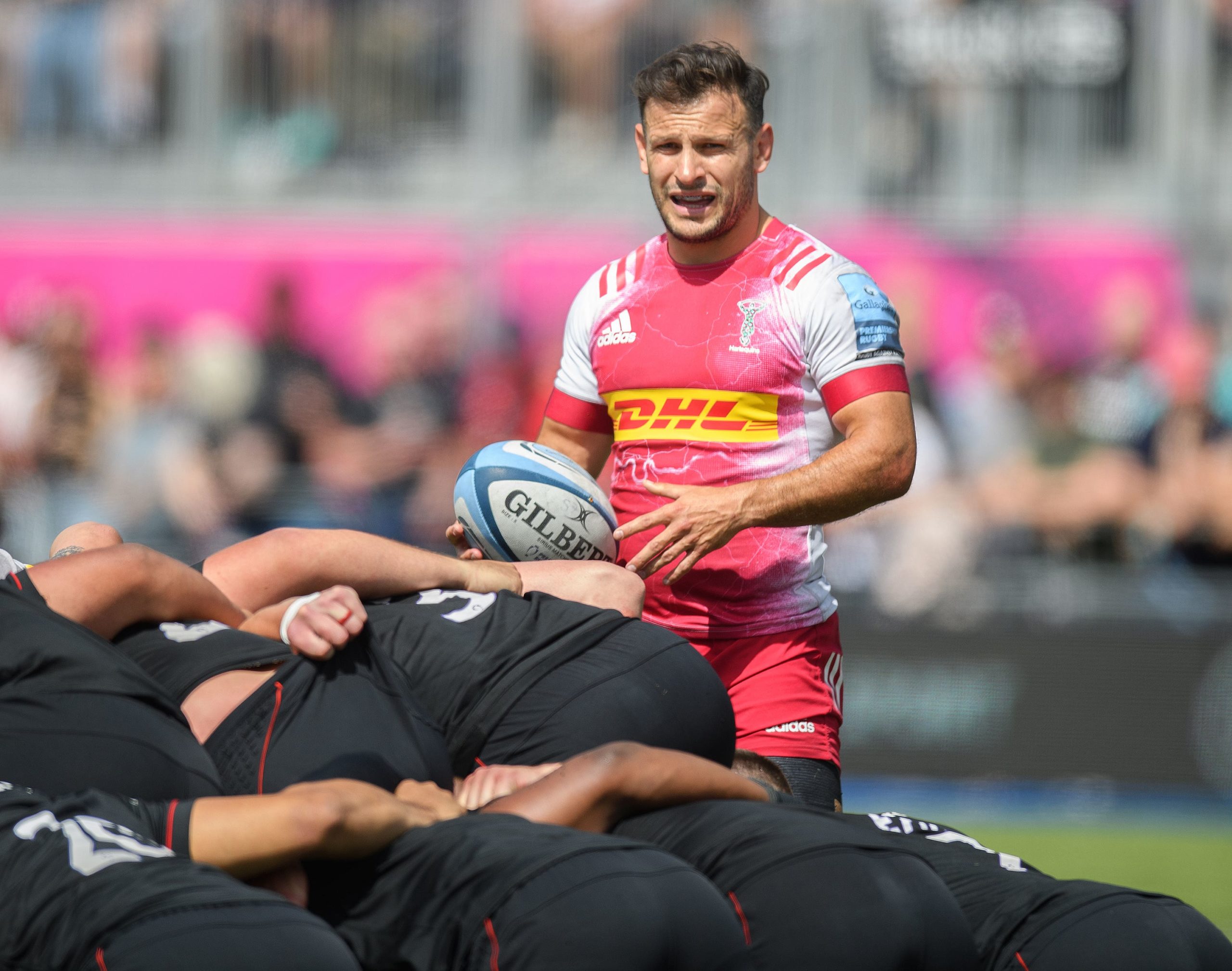
















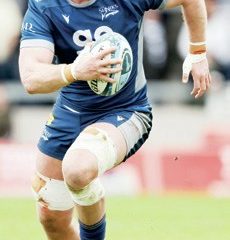




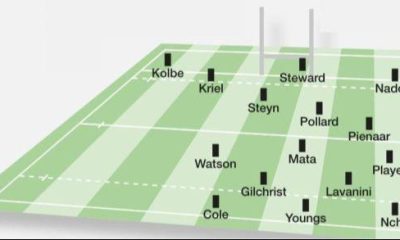


You must be logged in to post a comment Login